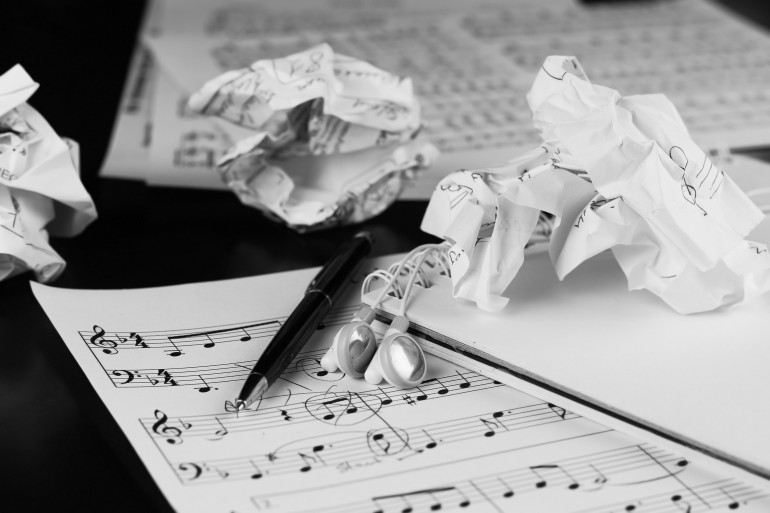3 Tips for Writing Great Lyrics

Start With Great Opening Lines
After almost twenty years I still remember where I was the first time I heard Faith Hill’s crossover smash “This Kiss” (written by Robin Lerner, Beth Nielsen Chapman, and Annie Roboff) playing on my car stereo. The opening lyrics of that Country Song of the Year GRAMMY nominee grabbed me like a hand had reached through my radio, and I had no doubt I was listening to something special. I cranked up the volume to be sure I wouldn’t miss a word.
I had a similar experience the first time I heard Halsey’s “New Americana.” Listen and note how the opening lines demand attention.
Of course, every line of a song is important but it is those opening lines that signal to the listener whether they are about to hear a “good” song—or a “wow” song. When looking back at a first draft of a song pay special attention to those opening lines. If they are less than stellar re-work them until they shine.
Build On an Intriguing Title
We need to give our listeners (including music publishers, recording artists, and other decision-makers) compelling reasons to choose our songs instead of anyone else’s (including ones the artist and producer might have written or co-written). One of the best ways to accomplish this is to build on a title that encapsulates a unique, original concept.
Examples of strong titles include:
• “Roar” (recorded by Katy Perry/written by Perry with Bonnie McKee, Dr. Luke, Max Martin, and Cirkut)
• “Malibu” (recorded by Miley Cyrus/written by Cyrus and Oren Yoel)
• “Anaconda” (recorded by Nicki Minaj/written by Minaj, Jamal Jones, Jonathan Solone-Myvett, Ernest Clark, Marcos Palacios and Anthony Ray)
• “Flawless” (recorded by MercyMe/written by Bart Millard, Mike Scheuchzer, Nathan Cochran, Robby Shaffer, Barry Graul, Solomon Olds, David Garcia, and Ben Glover)
• “Irreplaceable” (recorded by Beyoncé/written Shaffer “Ne-Yo” Smith, Tor Erik Hermansen, Mikel Eriksen, Espen Lind, and Amund Bjorklund)
Show—Don’t Tell
Songwriting is an art of communication and most songs are intended to communicate feelings, not information. But ironically, by using our lyrics to state how we feel (i.e., “I am heartbroken,” “I am happy,” “I am in love”) our listeners learn our emotional state, but are unlikely to empathize and feel the emotions that the strongest lyrics elicit.
Incorporating action and imagery into our lyrics is one of the most effective ways to evoke emotions. Instead of telling our listeners what we feel, when we paint a scene with our words we allow our audience into the world we are creating with our song.
How can we “show”—instead of telling how we feel? Try creating a scene in which the character within our song does what a person might do when he or she is experiencing the emotion we hope to express. Ask yourself what action might he or she take. For example, what does a person do when he or she is heartbroken
Examples:
• She cries herself to sleep hugging the pillow where he used to lay his head
• He sits in the corner of the bar drinking doubles and listens to the songs they used to dance to
Come up with several of your own then try showing what a person might do when he or she is in love—or is happy.
Try these tips to take your lyrics to the next level!
Jason Blume is the author of 6 Steps to Songwriting Success, This Business of Songwriting, and Inside Songwriting (Billboard Books), as well as Writing Hit Lyrics (audio recording). His songs are on three Grammy-nominated albums and have sold more than 50,000,000 copies. For information about his BMI Workshops, additional articles, and more visit <a href=”http:// Jason Blume is the author of 6 Steps to Songwriting Success, This Business of Songwriting, and Inside Songwriting (Billboard Books), as well as Writing Hit Lyrics (audio recording). His songs are on three Grammy-nominated albums and have sold more than 50,000,000 copies. For information about his BMI Workshops, additional articles, and more visit www.jasonblume.com






Community
Connect with BMI & Professional Songwriters